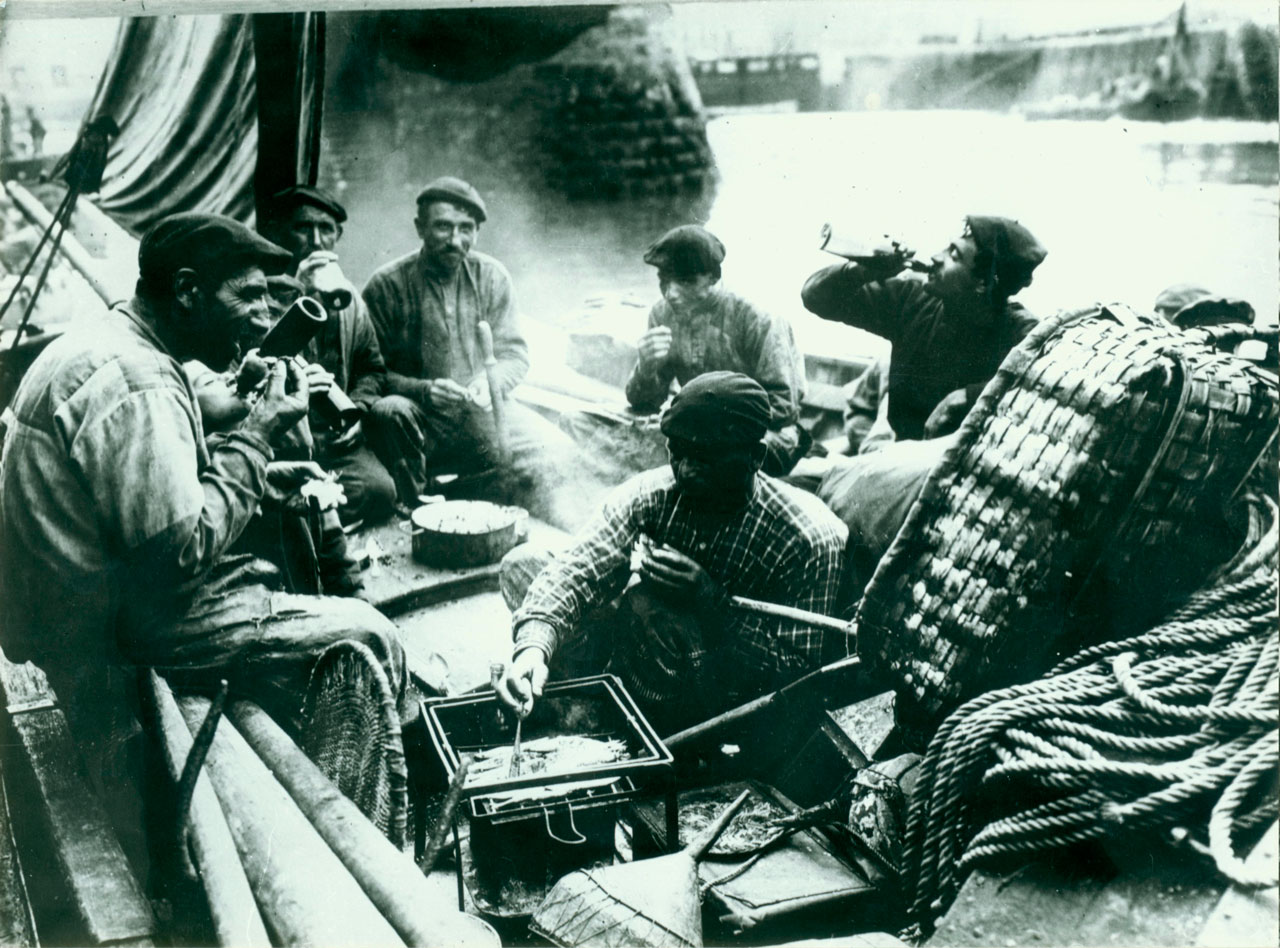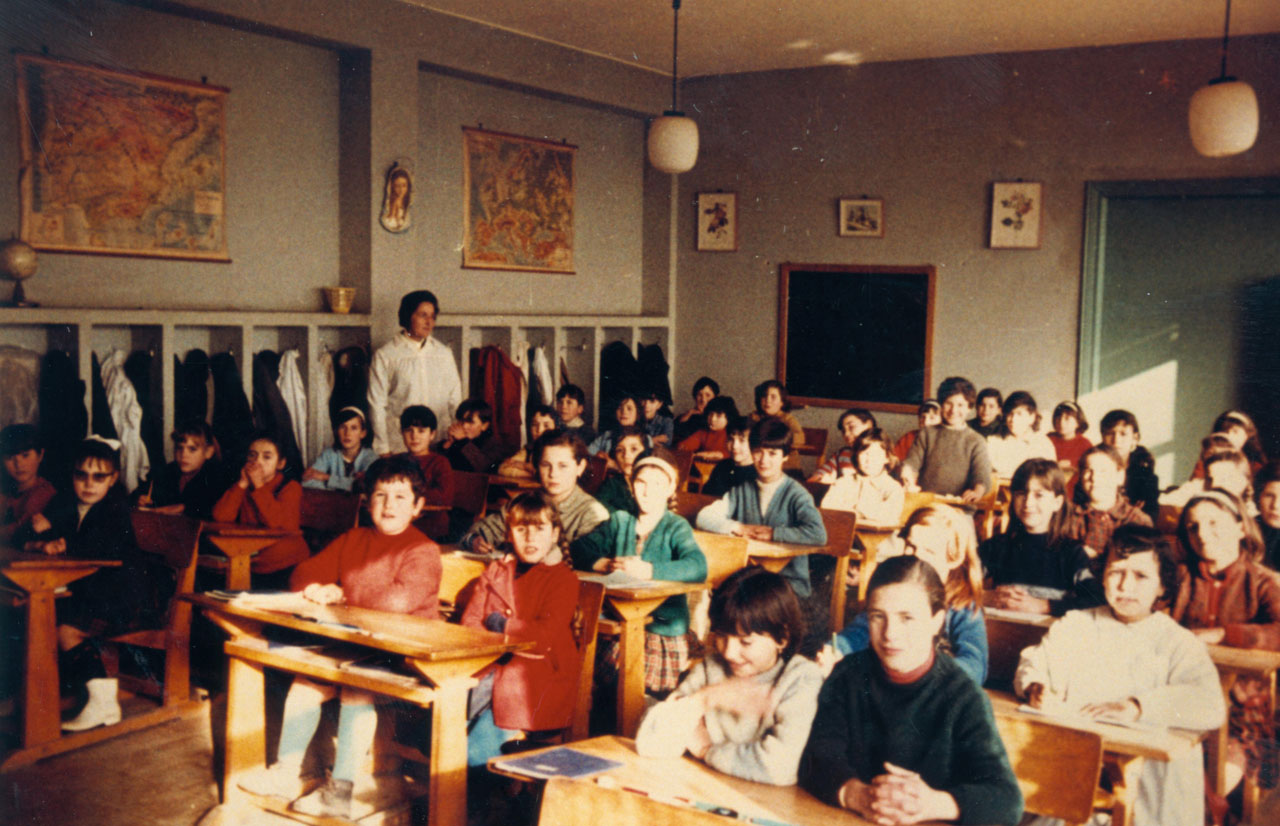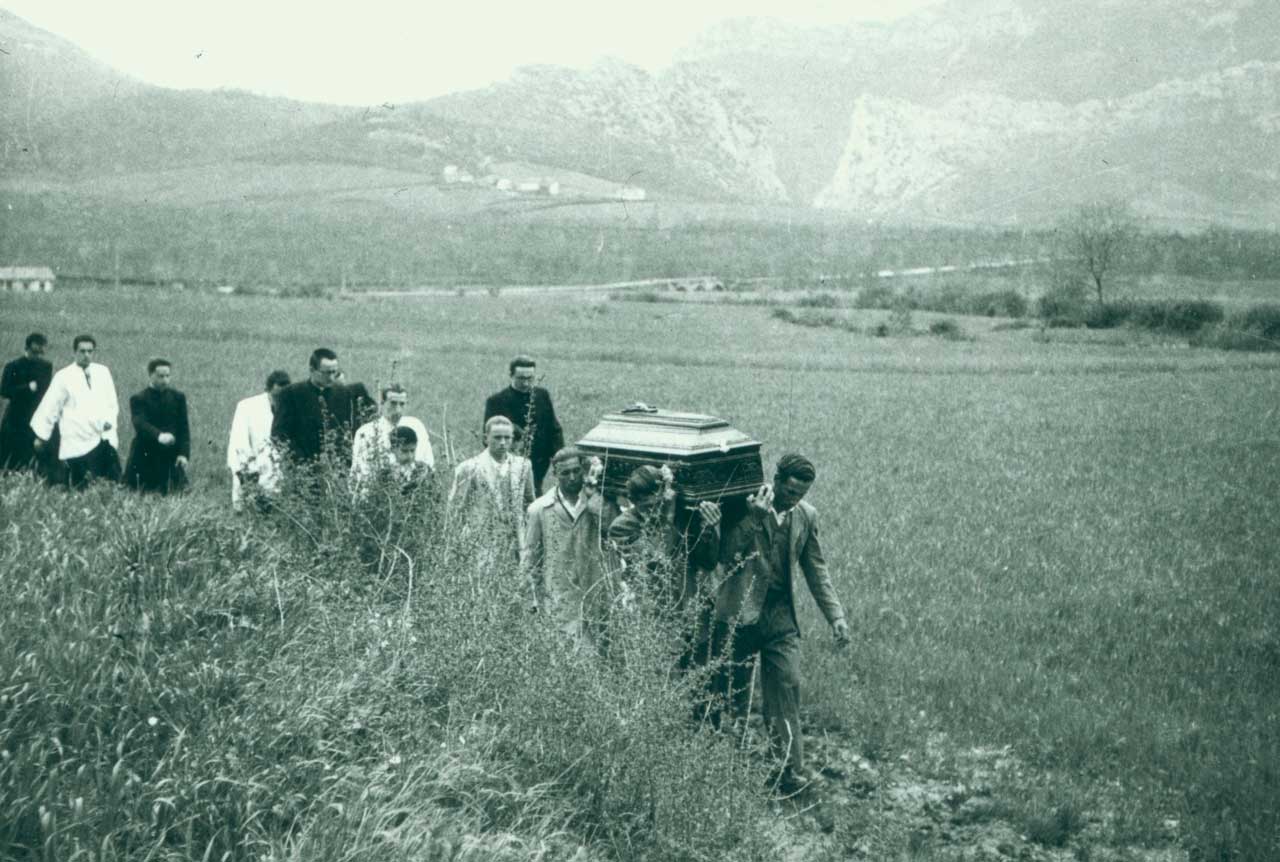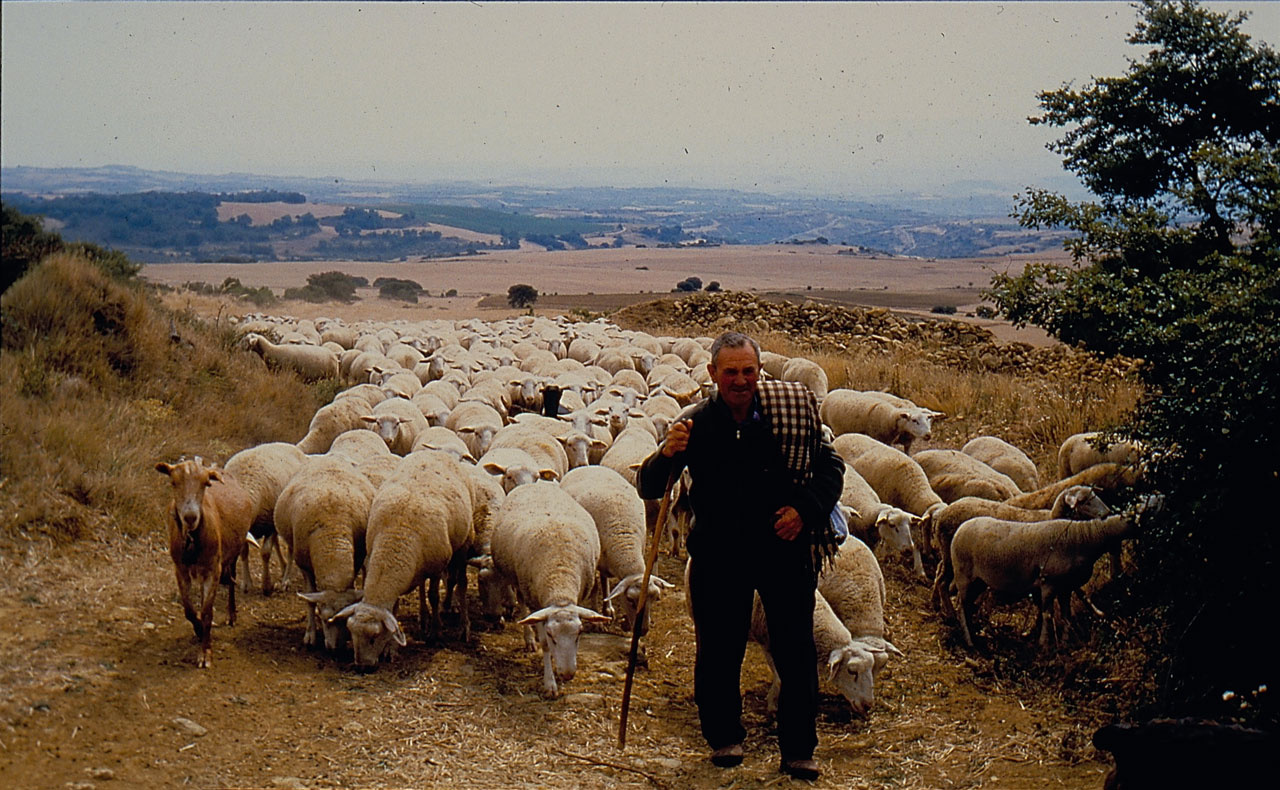Diferencia entre revisiones de «Main Page/en»
De Atlas Etnográfico de Vasconia
| Línea 99: | Línea 99: | ||
====[/atlas/juegos/Columpiandose.jpg|On a swing. Source: Arrien, Gregorio. Niños vascos evacuados en 1937. Bilbao, 1988.|Sirrin-sarran, <br />domini pan, <br />zure semea errotan, <br />errota txiki, <br />errota handi, <br />eragin deutso, <br />pin-pan.<br /><br />''Children’s chant''|]==== | ====[/atlas/juegos/Columpiandose.jpg|On a swing. Source: Arrien, Gregorio. Niños vascos evacuados en 1937. Bilbao, 1988.|Sirrin-sarran, <br />domini pan, <br />zure semea errotan, <br />errota txiki, <br />errota handi, <br />eragin deutso, <br />pin-pan.<br /><br />''Children’s chant''|]==== | ||
====[/atlas/juegos/A-tabas-Zeanuri-1993.jpg|Playing knucklebones. Zeanuri (B), 1993. Source: Ander Manterola, Etniker Euskalerria Groups.|Before glass, and even clay, marbles were introduced, they used parts of plants, including oak acorns and seed pits.|]==== | ====[/atlas/juegos/A-tabas-Zeanuri-1993.jpg|Playing knucklebones. Zeanuri (B), 1993. Source: Ander Manterola, Etniker Euskalerria Groups.|Before glass, and even clay, marbles were introduced, they used parts of plants, including oak acorns and seed pits.|]==== | ||
| − | ====[/atlas/juegos/ | + | ====[/atlas/juegos/Zeanuriko_umetxoak_bat_txirrintolarekin_1913.png|Children from Zeanuri (B), 1913. Source: Labayru Fundazioa Photograhic Archive: Felipe Manterola Collection.|''Txirringolan'' <br /> |
It consisted of rolling a metal or wooden hoop along using a wire rod with a hook at its end to steer or move it.|]==== | It consisted of rolling a metal or wooden hoop along using a wire rod with a hook at its end to steer or move it.|]==== | ||
Revisión del 13:20 11 mar 2020
Hearth, wood-burning stove and butane cooker. Neighbourhood of Aiuria (Muxika-B), 2011. Source: Segundo Oar-Arteta, Etniker Euskalerria Groups.
House and Family in the Basque Country


House and Family in the Basque Country
Etxe onak, txingar ona. A good fire in a good home.
Family Diet in the Basque Country


Family Diet in the Basque Country
Nahiz dala udea, nahiz dala negua, goizeko zortziretan, armozu ordua. Folk song
Children riding scooters and tricycles at Florida Park. Source: Municipal Archive of Vitoria-Gasteiz: Ceferino Yanguas.
Children’s Games in the Basque Country


Children’s Games in the Basque Country
Humans play games throughout their lives; however, that activity has a clearly different role for children and adults.
Traditional Medicine in the Basque Country


Traditional Medicine in the Basque Country
There is a hidden wisdom behind popular medicine that goes far beyond the remedy itself. This collection of data helps us catch a glimpse of a way to understand health and disease —and ultimately the human body— that differs from the prevailing view.
Rites from Birth to Marriage in the Basque Country


Rites from Birth to Marriage in the Basque Country
Maritxu-teilatuko, gona gorriduna, eutsi hagin zaharra ta ekarzu barria. Popular recitation
Funeral Rites in the Basque Country


Funeral Rites in the Basque Country
Dying on a rainy day or if it rained after the death showed that the soul would be saved: gorputz ona, euritsu.
Shepherd from Lanciego (A) on the climb to Toloño, 1996. Source: José Ángel Chasco, Etniker Euskalerria Groups.
Livestock Farming and Shepherding in the Basque Country


Livestock Farming and Shepherding in the Basque Country
The Mediterranean watershed of the Basque Country was, and to a large extent is, characterized by the importance of the commons, the communal character of their exploitation by associations and brotherhoods comprising multiple municipalities still persisting today.
Agriculture in the Basque Country


Agriculture in the Basque Country
Ezkur urte, laborte urte. Acorns a plenty, a year of prosperity.
,-2011.jpg)







